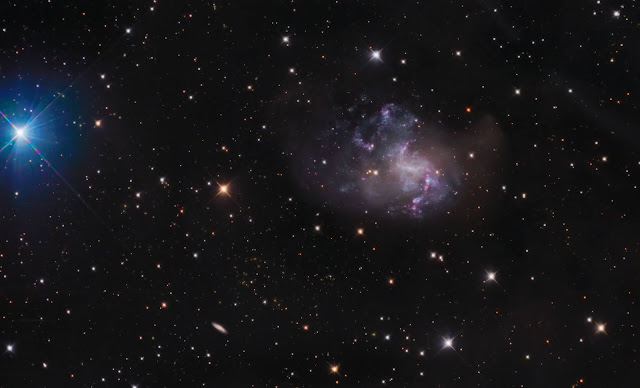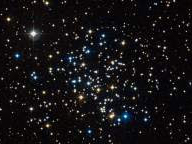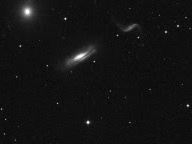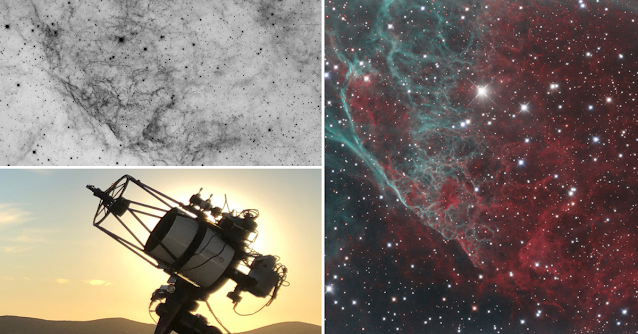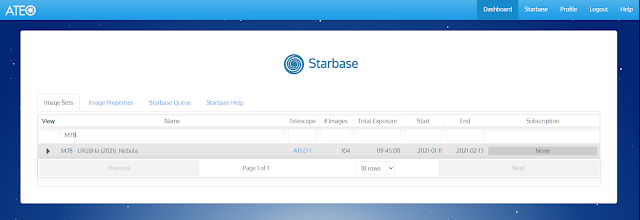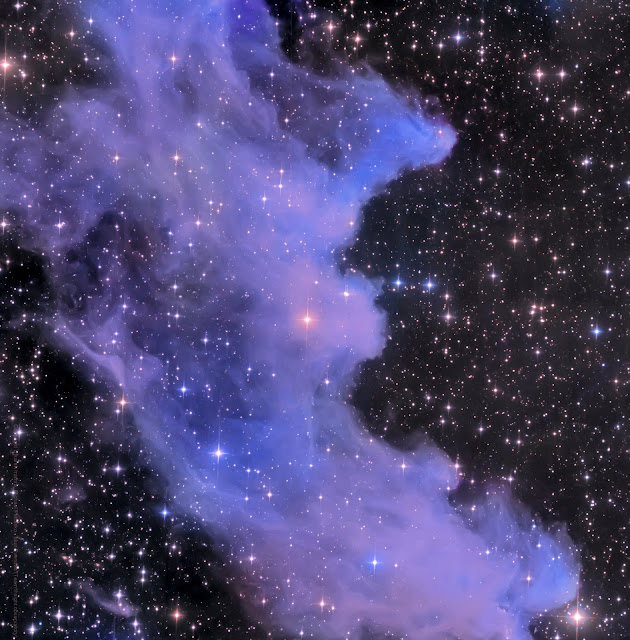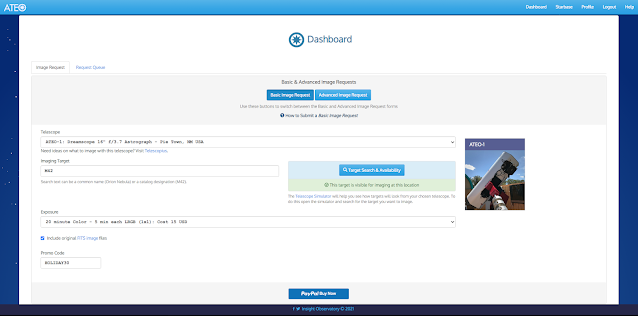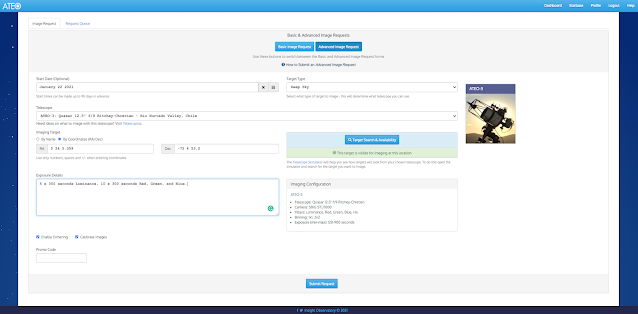Insight Observatory had the pleasure of providing its remote telescope services once again this school year with Ms. Christine DeSantis' 5th-grade students at Plymouth South Elementary School, Plymouth, MA. The students specifically accessed the 16" f/3.75 Dream Aerospace Systems astrograph reflector (ATEO-1) remotely from their classroom using the Educational Image Request (EIR) from their Chromebooks.
Here is what Ms. DeSantis said regarding her class utilizing ATEO-1 for their classroom project...
"Learning about deep space objects and how they are photographed was an exciting and motivating experience for my fifth graders! This project related well to two science units: matter and energy and the solar system. Students were able to extend their knowledge of the elements and discovered why dust and gasses are able to glow when energized by a nearby energy source and how this results in spectacular nebulae. Before the image requests were put in, the students researched three types of nebulae.
As they proceeded to put in the requests they discovered that certain nebulae may or may not be visible at various times of the year. They reviewed phases of the moon and became aware that deep space photography works best during the new moon and also learned why the location of the telescope is important.
After their images were processed, the students compared the images from Insight Observatory to Hubble photographs. Next, they created a slideshow to demonstrate comprehension of all the concepts including adding details about their chosen image: the type of nebula, its age, distance from Earth, and distance across (size). This is a wonderfully thought-provoking and exciting way to learn about some complicated and abstract concepts. We are so grateful to have been able to participate in this project!"
Insight Observatory would like to thank Ms. DeSantis for once again collaborating with us. If you are an educator and interested in participating in a classroom project utilizing Insight Observatory's remote telescope services via our online Educational Image Request (EIR), please contact us.
We would also like to thank all of Insight Observatory's loyal remote imagers and Patreon patrons for their ongoing support that allows Insight Observatory to provide remote telescope services for educational purposes.
Read More
 |
| A 5th-grade student in Ms. DeSantis' class at Plymouth South Elementary School studies her image taken with ATEO-1 of the NGC 2073, The Iris Nebula on her classroom-assigned Chromebook. |
Here is what Ms. DeSantis said regarding her class utilizing ATEO-1 for their classroom project...
"Learning about deep space objects and how they are photographed was an exciting and motivating experience for my fifth graders! This project related well to two science units: matter and energy and the solar system. Students were able to extend their knowledge of the elements and discovered why dust and gasses are able to glow when energized by a nearby energy source and how this results in spectacular nebulae. Before the image requests were put in, the students researched three types of nebulae.
As they proceeded to put in the requests they discovered that certain nebulae may or may not be visible at various times of the year. They reviewed phases of the moon and became aware that deep space photography works best during the new moon and also learned why the location of the telescope is important.
After their images were processed, the students compared the images from Insight Observatory to Hubble photographs. Next, they created a slideshow to demonstrate comprehension of all the concepts including adding details about their chosen image: the type of nebula, its age, distance from Earth, and distance across (size). This is a wonderfully thought-provoking and exciting way to learn about some complicated and abstract concepts. We are so grateful to have been able to participate in this project!"
Insight Observatory would like to thank Ms. DeSantis for once again collaborating with us. If you are an educator and interested in participating in a classroom project utilizing Insight Observatory's remote telescope services via our online Educational Image Request (EIR), please contact us.
We would also like to thank all of Insight Observatory's loyal remote imagers and Patreon patrons for their ongoing support that allows Insight Observatory to provide remote telescope services for educational purposes.




